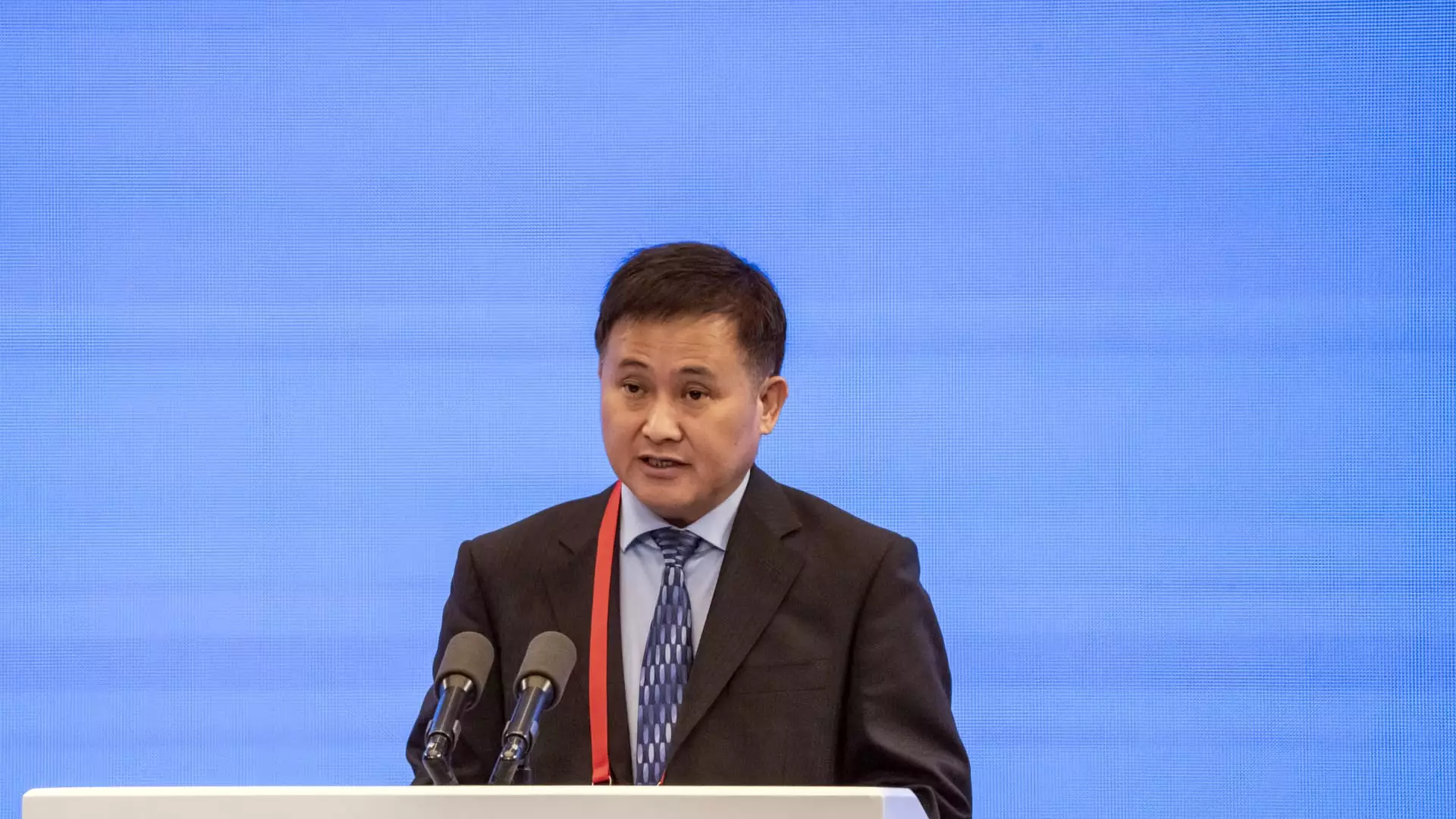According to People’s Bank of China Governor Pan Gongsheng, China’s financial risks have significantly decreased, including risks stemming from local government debt. Pan emphasized that the central bank will collaborate with the Ministry of Finance to ensure that China achieves its annual growth targets. Despite the positive outlook, Pan asserted that monetary policy would continue to provide support to the economy. This shift in focus towards risk management is crucial for sustaining economic stability in China.
One of the major areas of concern has been local government financing platforms, which have played a significant role in funding infrastructure projects over the past two decades. These financing vehicles, often reliant on shadow banking, have contributed to a rise in debt levels that are ultimately the responsibility of local governments. The reduction in the number and debt levels of these platforms is a positive development, but challenges persist. With over 1 trillion yuan ($140 billion) of LGFV bonds set to mature in the coming months, the debt burden remains a pressing issue that requires attention.
China’s real estate sector has been a critical driver of economic growth, but concerns have arisen due to high debt levels and slowing growth. The economy expanded by 5% in the first half of the year, prompting doubts about whether the full-year growth target of around 5% can be achieved without additional stimulus. The International Monetary Fund has called for macroeconomic policies that support domestic demand to address debt risks. Additionally, the shift away from relying on real estate towards advanced technology and manufacturing indicates a structural transformation in China’s economic priorities.
While China’s overall financial system has been deemed sound, challenges persist at the level of small and medium-sized commercial banks. The IMF highlights these banks as a weak link in the banking system, with concerns about their risk exposure. Efforts to reduce the number of high-risk banks have been successful, but ongoing vigilance is necessary to ensure financial stability. Pan also mentioned the importance of central authorities assisting local governments in acquiring property for affordable housing initiatives, signaling a broader focus on social housing development.
Recent developments in China’s monetary policy, including the decision to delay a rollover of the medium-term lending facility in favor of a capital injection, reflect a proactive approach to managing liquidity in the financial system. The PBOC’s efforts to revamp its monetary policy structure demonstrate a commitment to addressing economic challenges effectively. The upcoming release of the monthly loan prime rate will provide further insights into the central bank’s strategy for supporting economic growth.
While China has made significant progress in reducing financial risks and addressing debt challenges, the road ahead remains uncertain. Continued efforts to strengthen regulatory oversight, promote sustainable growth, and address vulnerabilities in the financial system will be crucial for ensuring long-term economic stability. By prioritizing risk management and implementing targeted policy interventions, China can navigate the complexities of its evolving economic landscape with resilience and foresight.

